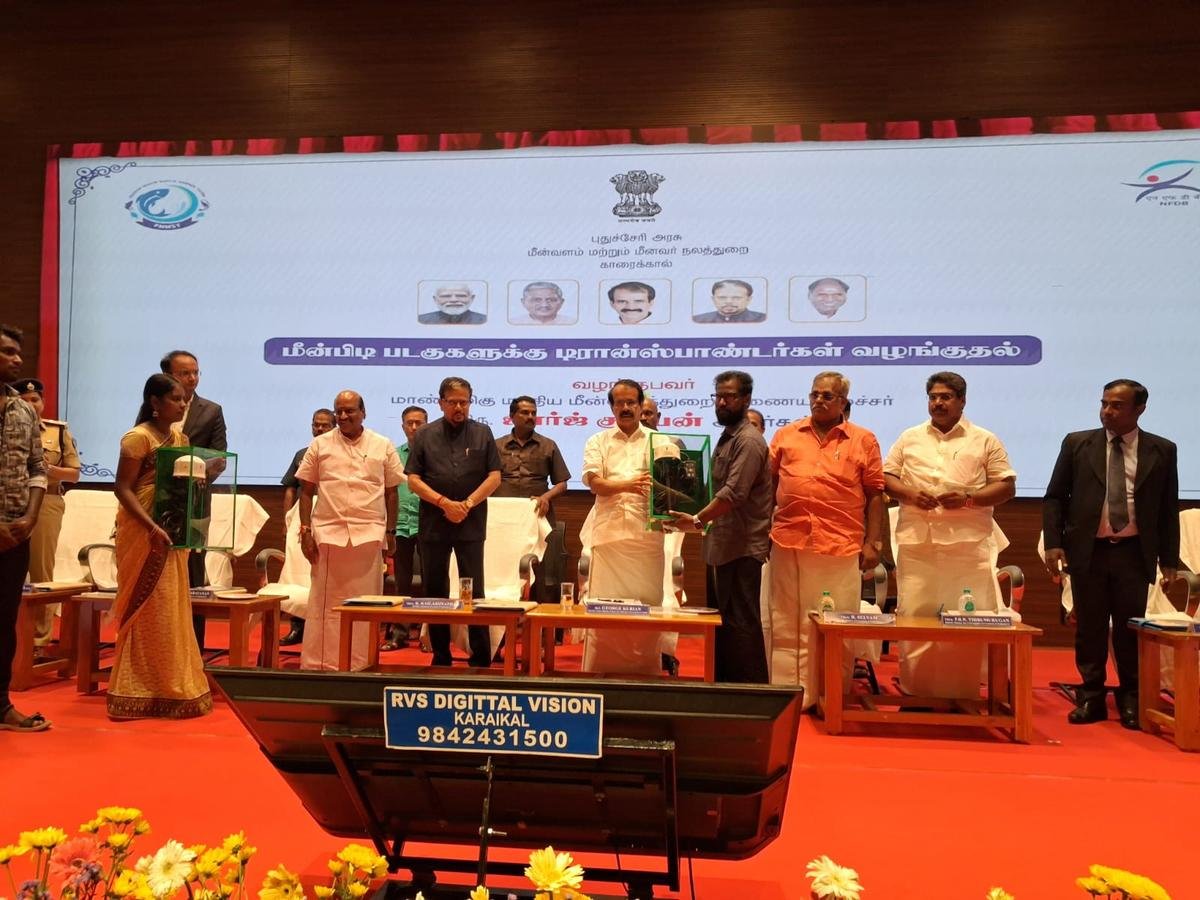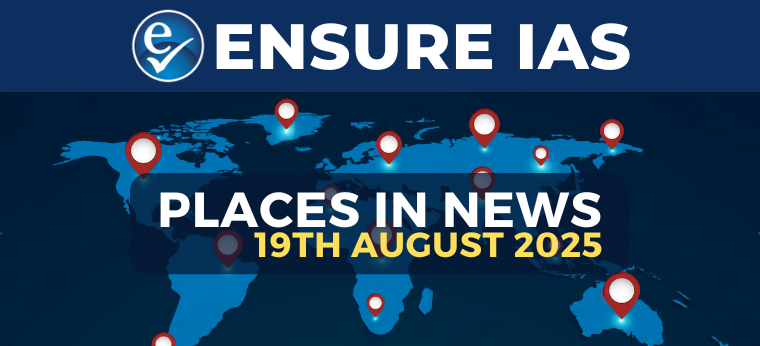Why in the News?
- The Alaska Moment refers to the August 2025 meeting between the U.S. President and Russian President, aiming at ending the Russia-Ukraine conflict.
- The summit has significant implications for India-U.S.-Russia relations, particularly in trade, sanctions, and strategic autonomy.
Key Highlights
- Expectations from the Alaska Summit
- India hoped for a S.-Russia rapprochement would reduce pressure on India for its ties with Russia.
- Expected rollback of planned U.S. secondary sanctions (25%) on India for buying Russian oil.
- Hoped for resumption of India-U.S. trade talks and revision of existing tariffs.
- Outcome of the Summit
- No relaxation in S. stance toward India despite Trump-Putin bonhomie.
- Peter Navarro’s article in Financial Times stressed that U.S. tariffs on India are a “two-pronged policy” to target Russian oil imports and market access curbs.
- Operation Sindoor and Trump’s Narrative
- Trump claimed he mediated the India-Pakistan ceasefire, using trade leverage.
- Asserted that a nuclear conflict was imminent, contrary to India’s claim of zero losses in the conflict.
- This created friction as the government’s version differs sharply.
- Underlying Reasons for U.S. Actions
- Sanctions appear political, not purely linked to punishing Russia.
- S. trade with Russia and China’s larger imports of Russian oil indicate double standards.
- Trump’s personal ambitions for recognition as peacemaker and possible Nobel Prize.
- India’s Future Diplomatic Moves
- Explore alternative trade avenues (Japan, China, SCO, G20 summits).
- Manage upcoming Quad Summit and uncertainty of Trump’s visit to India.
- Rebalance focus from personal diplomacy (“Summitry”) to real, detailed negotiations.
Implications
- For India-U.S. Relations
- Increased trade tensions due to tariffs and sanctions.
- Strained political equation despite earlier close engagements (Howdy Modi, Namaste Trump).
- For India’s Strategic Autonomy
- Pressure to align with U.S. policies against Russia challenges India’s independent foreign policy.
- Resisting unilateral sanctions strengthens India’s position in the Global South.
- For Regional Stability
- Trump’s statements on the India-Pakistan conflict could destabilize perceptions in South Asia.
- Highlights risk of external interference in bilateral disputes.
- For Global Diplomacy
- Shows fragility of personal diplomacy in international relations.
- Emphasizes need for institutional continuity over leader-centric foreign policy.
- For Trade and Economy
- Reciprocal tariffs make Indian goods less competitive in U.S. markets.
- Possible impact on remittances and investment flows if relations worsen.
Challenges and Way Forward
| Challenges | Way Forward |
| U.S. secondary sanctions and tariffs on Indian exports | Diversify trade partners (Japan, EU, ASEAN) and promote self-reliance in critical sectors |
| Overdependence on personal diplomacy (“Summitry”) | Focus on institutional mechanisms and formal diplomatic channels |
| Trump’s unpredictability and transactional approach | Maintain strategic autonomy while engaging constructively with U.S. |
| Erosion of bipartisan support in U.S. politics | Rebuild bipartisan relations across political spectrum |
| Pressure to comply with U.S. sanctions | Stick to UN-mandated sanctions only, reinforcing India’s long-standing policy |
Conclusion
The Alaska Summit underlined a hard truth: personal diplomacy cannot replace substance in foreign policy. India must recalibrate its approach to safeguard strategic autonomy, diversify trade options, and strengthen institutional diplomacy. In a rapidly changing global order dominated by power politics and transactionalism, India’s best bet lies in maintaining balanced relations while staying firm on its core principles.
| EnsureIAS Mains Question Q. The Alaska Summit highlights the limitations of leader-centric diplomacy in safeguarding India’s strategic and economic interests. In this context, discuss the challenges posed by U.S. sanctions and tariffs on India and suggest measures to reinforce strategic autonomy. (250 Words) |
| EnsureIAS Prelims Question Q2. Consider the following statements regarding U.S. secondary sanctions on India: 1. They were linked to India’s continued purchase of Russian oil. 2. They aimed to increase India’s market access in U.S. markets. 3. They were fully lifted after the Alaska Summit. Which of the above statements is/are correct? Answer: a) 1 only Statement 1 is correct: U.S. secondary sanctions were aimed at countries, including India, that continued buying Russian oil after the Russia-Ukraine war and Western sanctions on Russia. These sanctions were intended to restrict Moscow’s revenue and weaken its war efforts. Statement 2 is incorrect: The sanctions were punitive in nature, designed to discourage trade with Russia, not to facilitate India’s market access in the U.S. Statement 3 is incorrect:There is no official report that all secondary sanctions were removed after the Alaska Summit; discussions happened, but no complete rollback was confirmed. |





